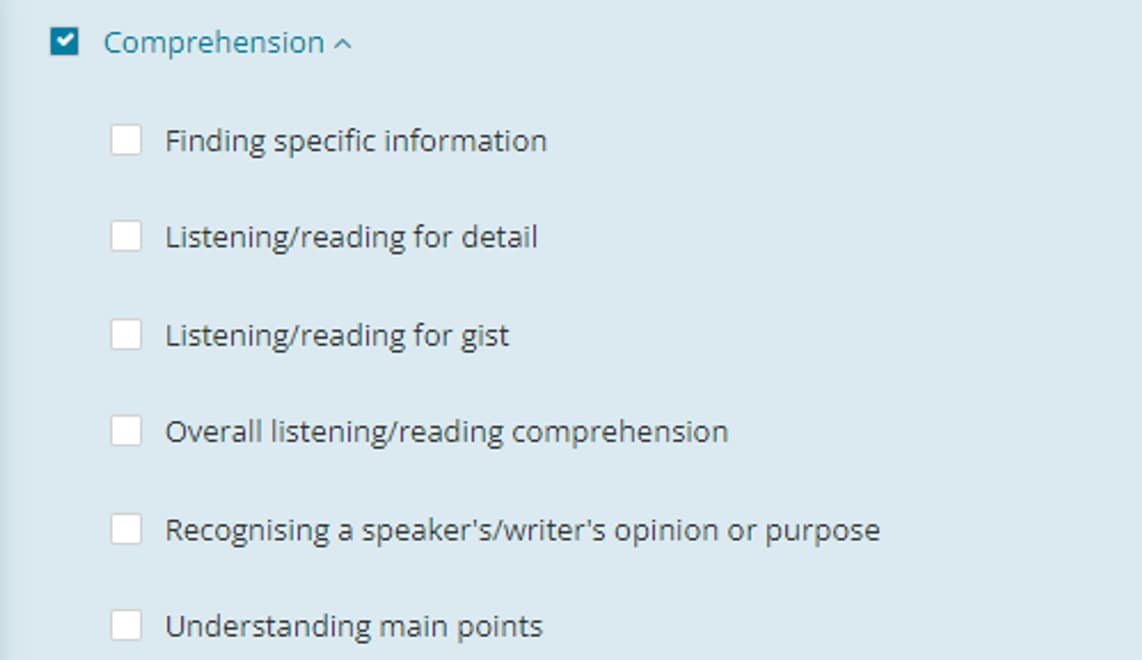Companies today face a renewed skills challenge. One that goes beyond the traditional skilling agenda that helps employees keep up with the ever-evolving nature of technology. But rather one that prioritizes soft skills and seeks to leverage the right tools and modalities to address change.
The Pearson and People Matters study, Future of Global Workforce Decoded, echoes the growing importance of having the right skilling pedagogies in place to build communication and collaboration within globally distributed teams. Download the full report here or keep reading this summary.
The study surveyed around 70 business and talent leaders across India to assess how they see the future of global workforces evolve and unpacked trends on how companies are driving productivity.
The new skilling agenda: communication and collaboration
The Pearson Power Skills report contextualized this need for skilling by identifying communication and collaboration as pivotal soft skills required to build a capable workforce across India and APAC. For companies hoping to accelerate growth through a productive global workforce, the need for developing these soft skills rises exponentially.
For around 56% of leaders interviewed, the right learning certification and skill building programs enabled them to improve business performance. This was closely followed by creating the right employee experience and increasing inclusivity.
The rise of skilling and certification needs echoes a business concern common to companies with global workforces: to accelerate growth and leverage post-pandemic consumer behavior shifts to build more profitable business processes. Focusing on building communication and collaboration is central to this.
Previous studies noted that communication and collaboration remained vital soft skills for companies across APAC to develop. And with good reason. With its impact felt across different aspects of an employee's journey, the focus on building communication and collaboration is imperative.
Around 60% of companies reported that communication and collaboration helped them:
- Improve employee performance
- Increase engagement levels
- Increase cross-functional work
- Improve retention
Building the right skilling pedagogies
When it comes to top talent challenges among global workforces, the lack of communication and collaboration as an essential part of teams remains an important challenge. Over 45% of companies today state this as a pivotal barrier. Another 47% of companies stated the difficulty in reskilling remains concerning.
The solution: new, more relevant learning pedagogies that address the skilling needs.
The right pedagogies also help raise performance and drive workforce productivity.
Besides focusing on developing managers to lead global teams, for over 58% of companies, providing bespoke learning opportunities is key to their ability to solve future uncertainty and raise employee productivity.
This need to adopt better skilling methods is driven by many who find themselves in uncertain waters. The study found that over 77% of companies identified skill gaps better and provided more relevant learning opportunities as a top learning priority.
Having the right learning pedagogies that enable tracking and impactful, new-age interventions targeted to improve communication skills is the need of the hour. The study found that the ability to work cohesively in a global work setting depended crucially on how easily different teams can communicate with each other.
Assessments and hiring for success
To ensure the success of learning tools and goals related to communication and collaboration, companies also need to consider another key component of their talent management process: whom they hire.
As recruitment becomes a key HR function, companies with globally distributed and diverse workforces today need to hire individuals who fit their culture and can upskill quickly. Therefore, it's no surprise that the top hiring priorities for companies in the coming year are:
- Assessing candidates’ ability to learn new skills
- Assessments to gauge job and culture fit
- Better engagement and experience
While building the right communication skills focuses on enabling learners to gauge the nuances of a global work setting and enhance their proficiency in the language, how companies hire proves to be equally important.
Platforms such as Versant by Pearson prove vital tools for assessing job fit and communication skills, enabling companies with global workforces to hire those who meet their requirements. While new-age learning techniques help address gaps and spur productivity by enhancing communication and collaboration skills, ensuring the right candidates are hired greatly improves the ROI and impact of such skilling programs.
Driving skills forward to help recruit, develop and retain talent
The future of global workforces is increasingly dependent on how successfully they can communicate and collaborate with each other. While once considered skills that were good to have, they have risen to the forefront of business demand.
There is a clear demand for better assessment and learning tools that enable companies to hire and train better. Companies with a global workforce today require personalized learning programs that leverage the latest tech solutions like generative AI, immersive learning, and greater ROI and impact tracking. The diversity of a global workforce throws up newer challenges, and as companies expand, having the right tools – that address both hiring and learning needs – can greatly improve how HR leaders create impact.
With varying expectations and aspirations, aligning company needs with those of the employee is critical for success.
Those who focus on building the right communication and collaboration capabilities within their global workforces today stand better prepared to tackle business challenges and drive productivity.
Investing in the right learning pedagogies and addressing communication concerns thus have a direct impact on how productive global workforces are. The new skilling agenda of focusing on communication and collaboration is today driven by a need to channel diverse workforces to tackle business uncertainty.
A defining factor of how companies ensure a productive future is by building the right hiring and learning capabilities that address the new skilling agenda.
To find out more about this study, download the full report here.
Pearson works with over 2,000 leading enterprises around the world, helping them to diagnose skills gaps, identify learning pathways and interventions, and mobilize their workforces through verifiable skill credentials.




